Mostafa M. Fouda
G2NetPL: Generic Game-Theoretic Network for Partial-Label Image Classification
Oct 20, 2022
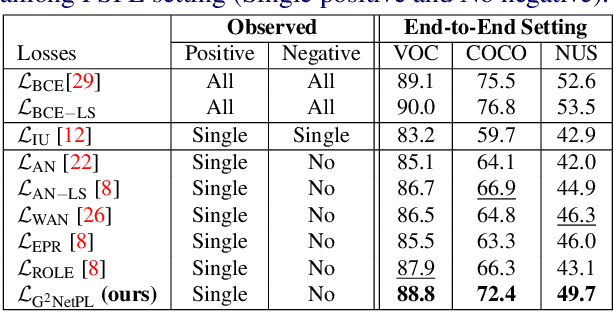
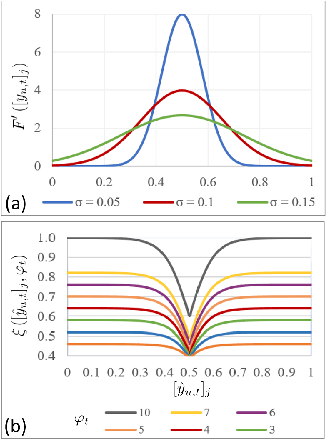
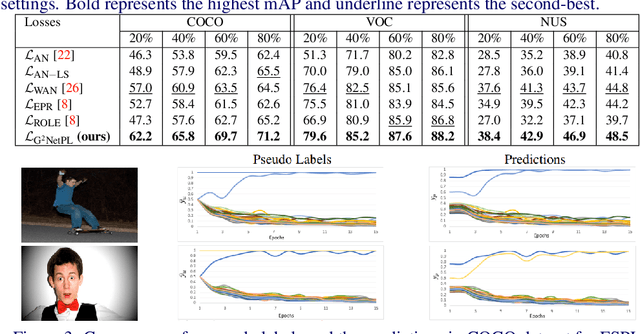
Abstract:Multi-label image classification aims to predict all possible labels in an image. It is usually formulated as a partial-label learning problem, since it could be expensive in practice to annotate all the labels in every training image. Existing works on partial-label learning focus on the case where each training image is labeled with only a subset of its positive/negative labels. To effectively address partial-label classification, this paper proposes an end-to-end Generic Game-theoretic Network (G2NetPL) for partial-label learning, which can be applied to most partial-label settings, including a very challenging, but annotation-efficient case where only a subset of the training images are labeled, each with only one positive label, while the rest of the training images remain unlabeled. In G2NetPL, each unobserved label is associated with a soft pseudo label, which, together with the network, formulates a two-player non-zero-sum non-cooperative game. The objective of the network is to minimize the loss function with given pseudo labels, while the pseudo labels will seek convergence to 1 (positive) or 0 (negative) with a penalty of deviating from the predicted labels determined by the network. In addition, we introduce a confidence-aware scheduler into the loss of the network to adaptively perform easy-to-hard learning for different labels. Extensive experiments demonstrate that our proposed G2NetPL outperforms many state-of-the-art multi-label classification methods under various partial-label settings on three different datasets.
Detection of False-Reading Attacks in the AMI Net-Metering System
Dec 02, 2020

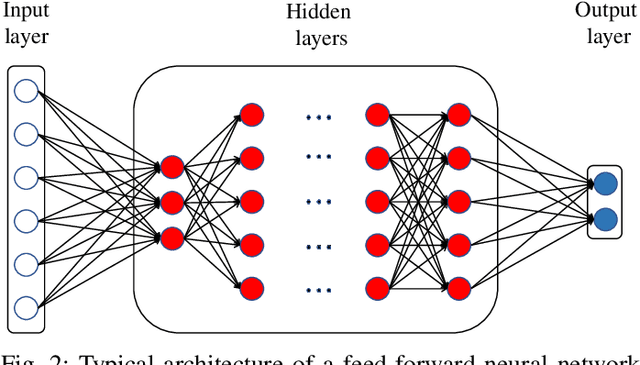

Abstract:In smart grid, malicious customers may compromise their smart meters (SMs) to report false readings to achieve financial gains illegally. Reporting false readings not only causes hefty financial losses to the utility but may also degrade the grid performance because the reported readings are used for energy management. This paper is the first work that investigates this problem in the net-metering system, in which one SM is used to report the difference between the power consumed and the power generated. First, we prepare a benign dataset for the net-metering system by processing a real power consumption and generation dataset. Then, we propose a new set of attacks tailored for the net-metering system to create malicious dataset. After that, we analyze the data and we found time correlations between the net meter readings and correlations between the readings and relevant data obtained from trustworthy sources such as the solar irradiance and temperature. Based on the data analysis, we propose a general multi-data-source deep hybrid learning-based detector to identify the false-reading attacks. Our detector is trained on net meter readings of all customers besides data from the trustworthy sources to enhance the detector performance by learning the correlations between them. The rationale here is that although an attacker can report false readings, he cannot manipulate the solar irradiance and temperature values because they are beyond his control. Extensive experiments have been conducted, and the results indicate that our detector can identify the false-reading attacks with high detection rate and low false alarm.
AI Aided Noise Processing of Spintronic Based IoT Sensor for Magnetocardiography Application
Nov 08, 2019



Abstract:As we are about to embark upon the highly hyped "Society 5.0", powered by the Internet of Things (IoT), traditional ways to monitor human heart signals for tracking cardio-vascular conditions are challenging, particularly in remote healthcare settings. On the merits of low power consumption, portability, and non-intrusiveness, there are no suitable IoT solutions that can provide information comparable to the conventional Electrocardiography (ECG). In this paper, we propose an IoT device utilizing a spintronic ultra-sensitive sensor that measures the magnetic fields produced by cardio-vascular electrical activity, i.e. Magentocardiography (MCG). After that, we treat the low-frequency noise generated by the sensors, which is also a challenge for most other sensors dealing with low-frequency bio-magnetic signals. Instead of relying on generic signal processing techniques such as averaging or filtering, we employ deep-learning training on bio-magnetic signals. Using an existing dataset of ECG records, MCG labels are synthetically constructed. A unique deep learning structure composed of combined Convolutional Neural Network (CNN) with Gated Recurrent Unit (GRU) is trained using the labeled data moving through a striding window, which is able to smartly capture and eliminate the noise features. Simulation results are reported to evaluate the effectiveness of the proposed method that demonstrates encouraging performance.
Mimic Learning to Generate a Shareable Network Intrusion Detection Model
May 02, 2019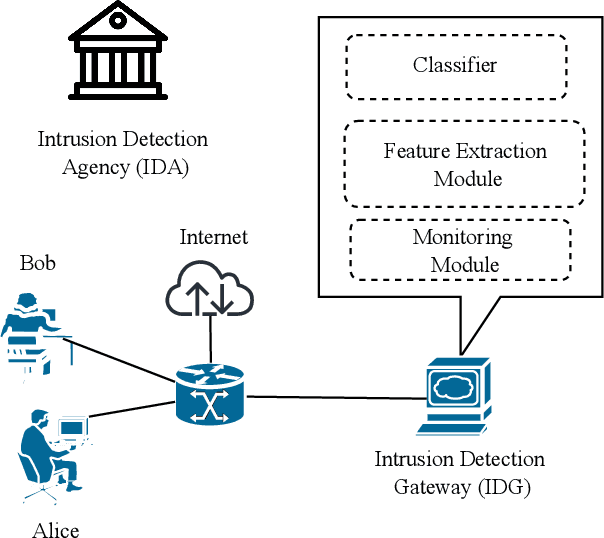
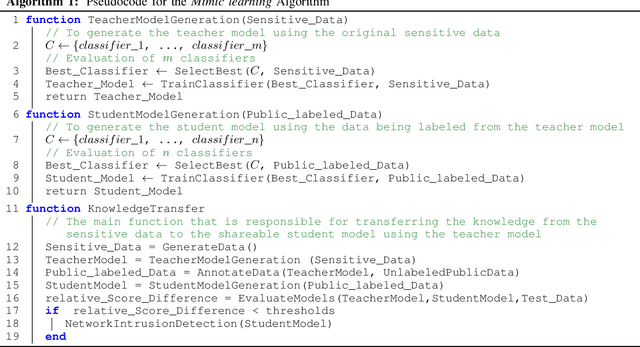
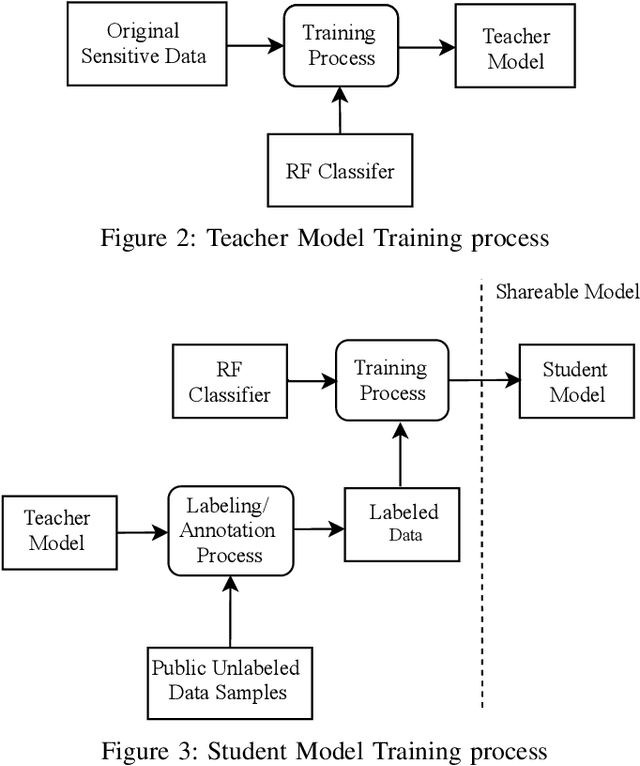

Abstract:Purveyors of malicious network attacks continue to increase the complexity and the sophistication of their techniques, and their ability to evade detection continues to improve as well. Hence, intrusion detection systems must also evolve to meet these increasingly challenging threats. Machine learning is often used to support this needed improvement. However, training a good prediction model can require a large set of labelled training data. Such datasets are difficult to obtain because privacy concerns prevent the majority of intrusion detection agencies from sharing their sensitive data. In this paper, we propose the use of mimic learning to enable the transfer of intrusion detection knowledge through a teacher model trained on private data to a student model. This student model provides a mean of publicly sharing knowledge extracted from private data without sharing the data itself. Our results confirm that the proposed scheme can produce a student intrusion detection model that mimics the teacher model without requiring access to the original dataset.
 Add to Chrome
Add to Chrome Add to Firefox
Add to Firefox Add to Edge
Add to Edge